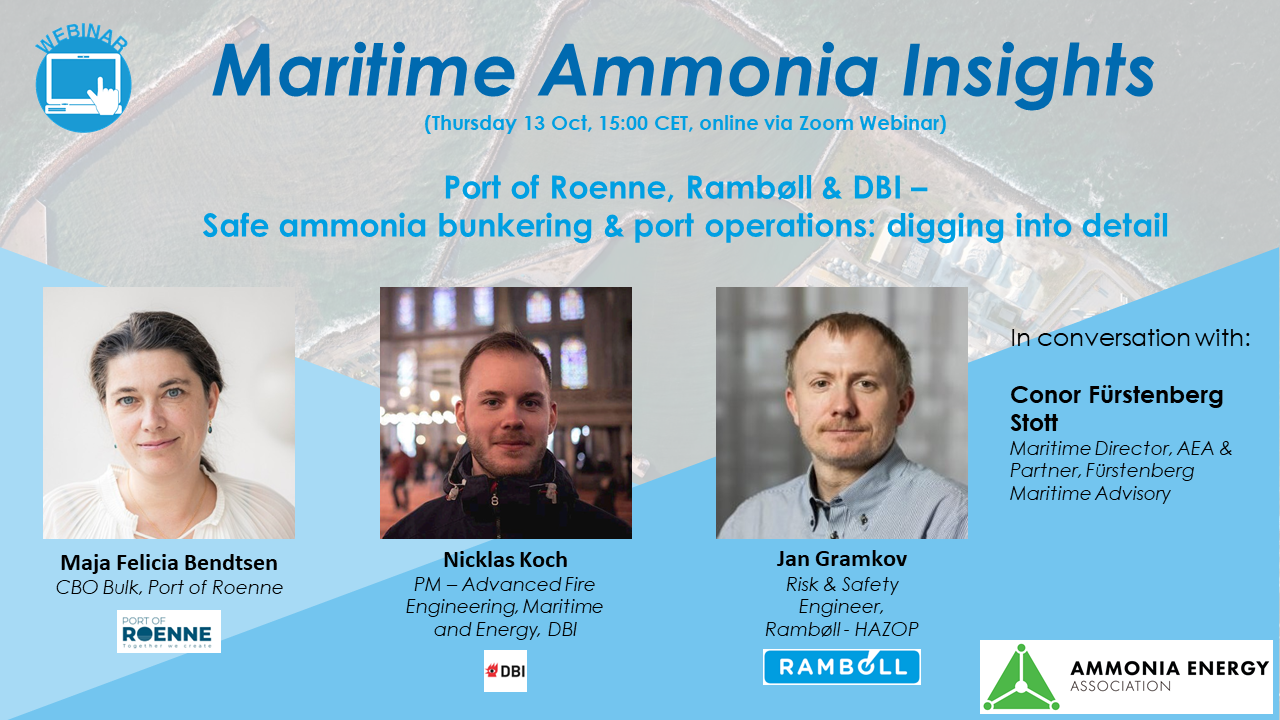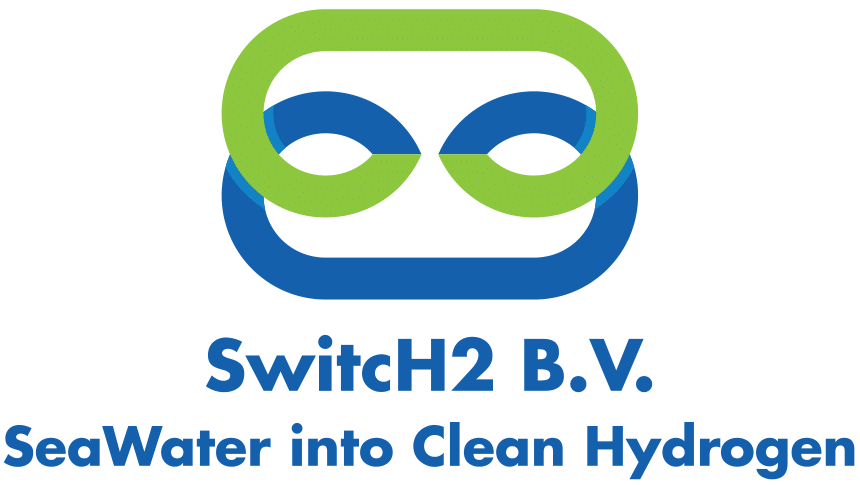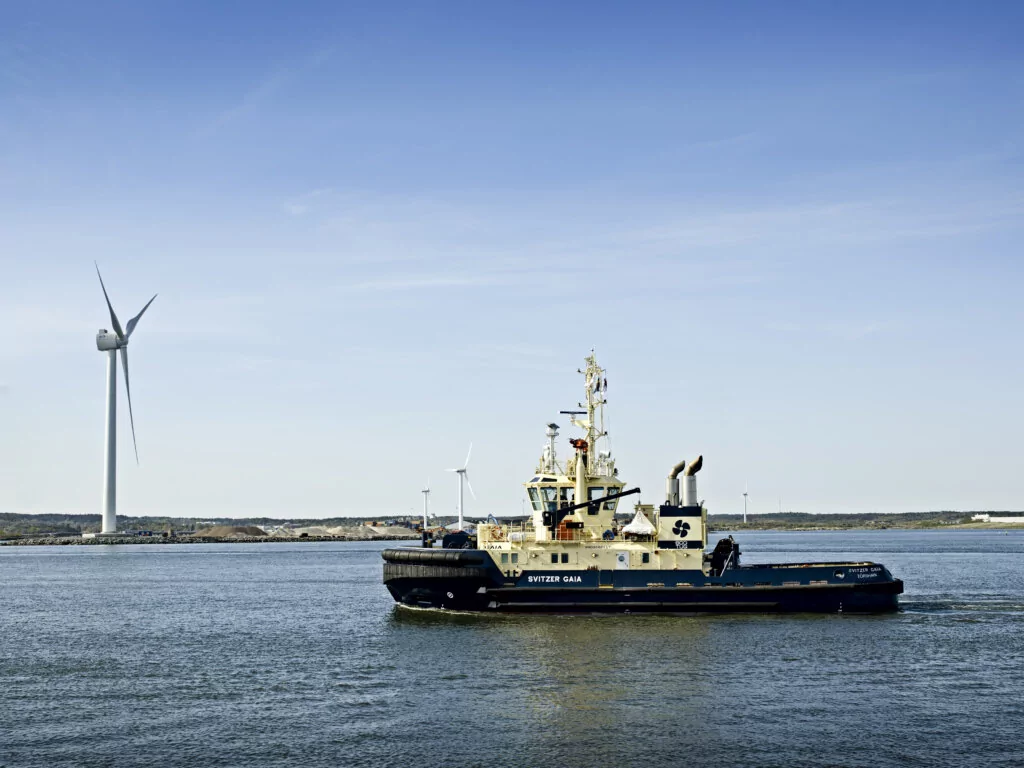Europe
Safe ammonia bunkering & port operations: digging into detail
We explore the development status and the action being taken to assess the ammonia maritime fuel opportunity at the Port of Roenne on Bornholm Island in the Baltic Sea.
Renewable ammonia: key projects & technologies in the emerging market
For the latest episode of Ammonia Project Features, we explored the ongoing renewable ammonia project in Puertollano, Spain. Marc van Doorn (Grupo Fertiberia) and Imanol Arrizabalaga Prado (Nel ASA) discussed progress to date and technologies used at the first large-scale, electrolysis-based hydrogen facility in Europe, which is operated by renewable energy developer Iberdrola. We also considered what other pioneering projects are on the horizon, and how can electrolyzer manufacturers like Nel scale-up to meet growing demand?
Fortescue & Deutsche Bahn to develop ammonia-powered trains in Germany
Deutsche Bahn and Fortescue Future Industries will collaborate to modify existing locomotive diesel engines to run on hydrogen & ammonia fuel. The pair will utilise Ammonigy’s ammonia cracking technology in their design, with a prototype, bench-top engine currently undergoing testing in Germany. This week FFI also signed an agreement to develop a new energy import terminal in Wilhelmshaven.
EverWind Fuels and Svitzer to jointly develop ammonia-powered tugboat
EverWind Fuels and Svitzer have signed an MoU to deploy an ammonia-powered commercial tug in the Canso Strait, adjacent to Point Tupper: the location of EverWind’s under-development hydrogen & ammonia production hub.
Ammonia-powered cargo shipping in Finland
Green NortH2 Energy, Meriaura and Wärtsilä will develop a cargo vessel capable of running on ammonia fuel. Propelled by Wärtsilä multi-fuel engines, the vessel will be owned and operated by Meriaura, with Green NortH2 Energy to supply renewable ammonia fuel from its to-be-built production plant in Naantali, southwest Finland.








